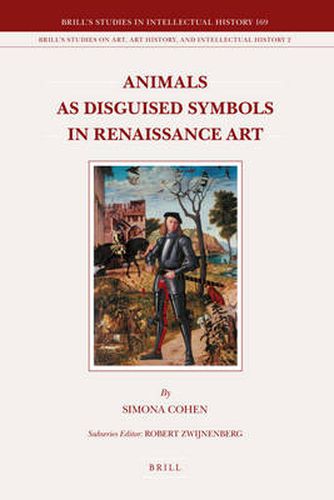Readings Newsletter
Become a Readings Member to make your shopping experience even easier.
Sign in or sign up for free!
You’re not far away from qualifying for FREE standard shipping within Australia
You’ve qualified for FREE standard shipping within Australia
The cart is loading…






The relationship between medieval animal symbolism and the iconography of animals in the Renaissance has scarcely been studied. Filling a gap in this significant field of Renaissance culture, in general, and its art, in particular, this book demonstrates the continuity and tenacity of medieval animal interpretations and symbolism, disguised under the veil of genre, religious or mythological narrative and scientific naturalism. An extensive introduction, dealing with relevant medieval and early Renaissance sources, is followed by a series of case studies that illustrate ways in which Renaissance artists revived conventional animal imagery in unprecedented contexts, investing them with new meanings, on a social, political, ethical, religious or psychological level, often by applying exegetical methodology in creating multiple semantic and iconographic levels.
Brill’s Studies on Art, Art History, and Intellectual History, vol. 2
$9.00 standard shipping within Australia
FREE standard shipping within Australia for orders over $100.00
Express & International shipping calculated at checkout
The relationship between medieval animal symbolism and the iconography of animals in the Renaissance has scarcely been studied. Filling a gap in this significant field of Renaissance culture, in general, and its art, in particular, this book demonstrates the continuity and tenacity of medieval animal interpretations and symbolism, disguised under the veil of genre, religious or mythological narrative and scientific naturalism. An extensive introduction, dealing with relevant medieval and early Renaissance sources, is followed by a series of case studies that illustrate ways in which Renaissance artists revived conventional animal imagery in unprecedented contexts, investing them with new meanings, on a social, political, ethical, religious or psychological level, often by applying exegetical methodology in creating multiple semantic and iconographic levels.
Brill’s Studies on Art, Art History, and Intellectual History, vol. 2